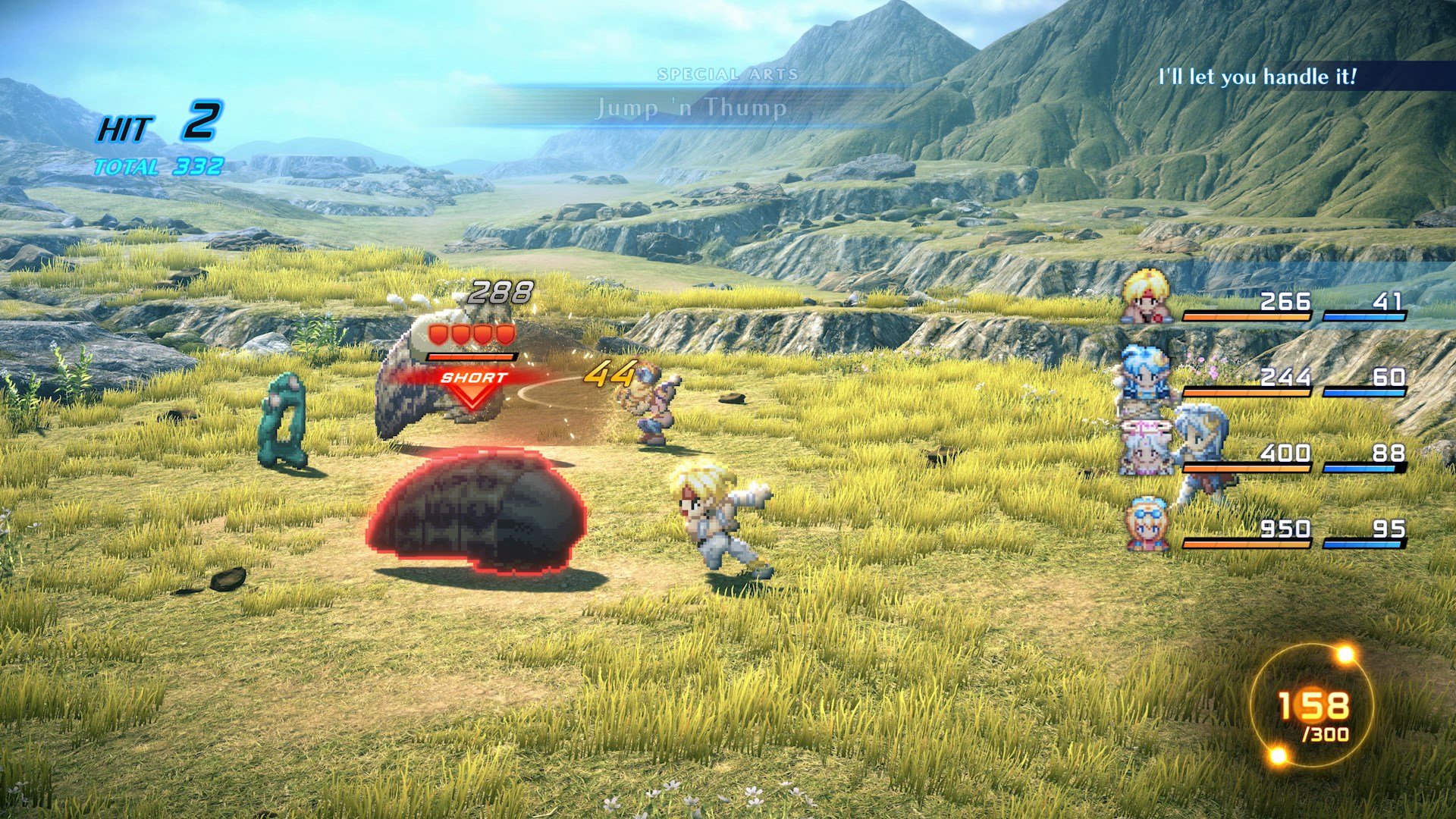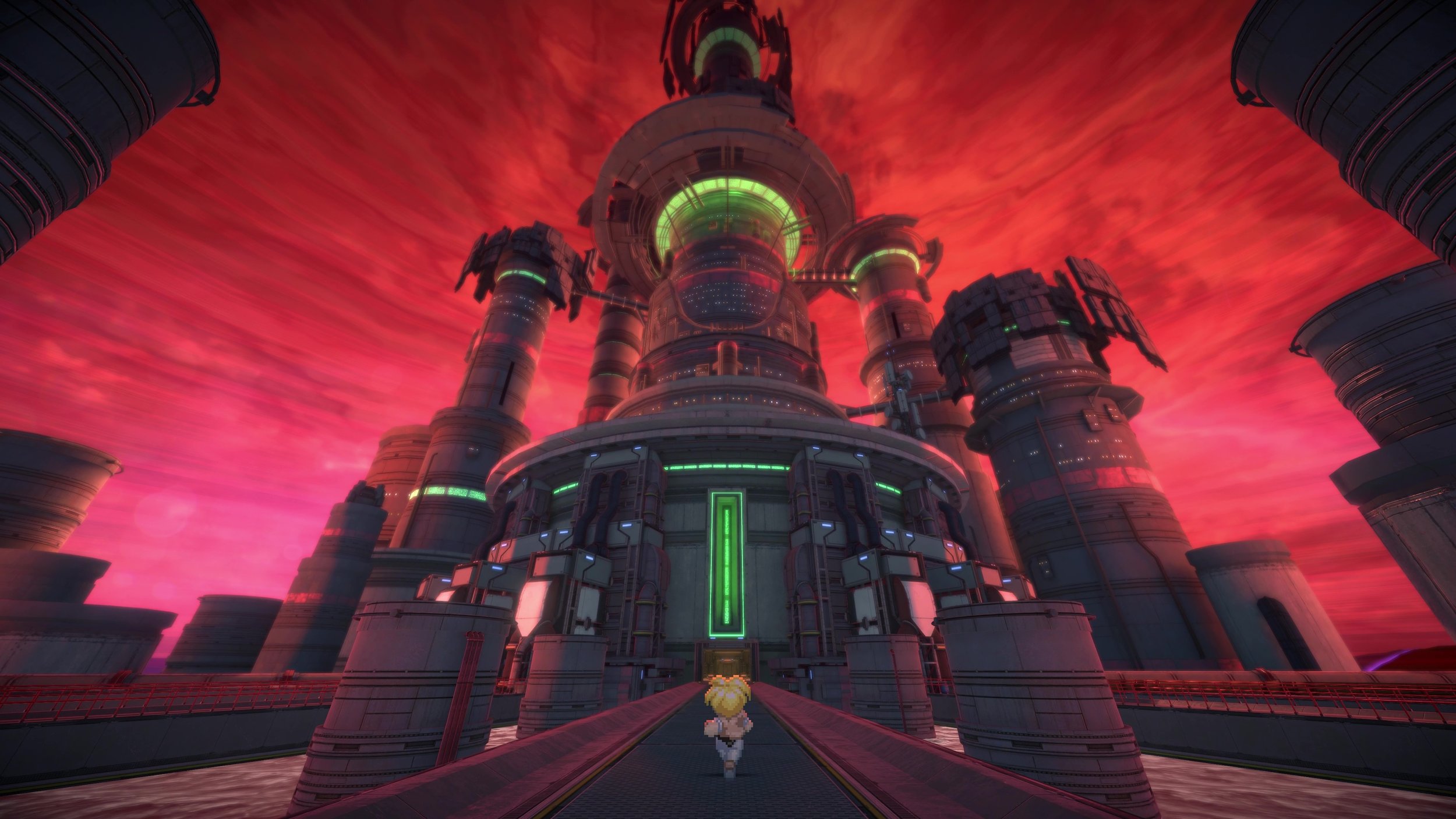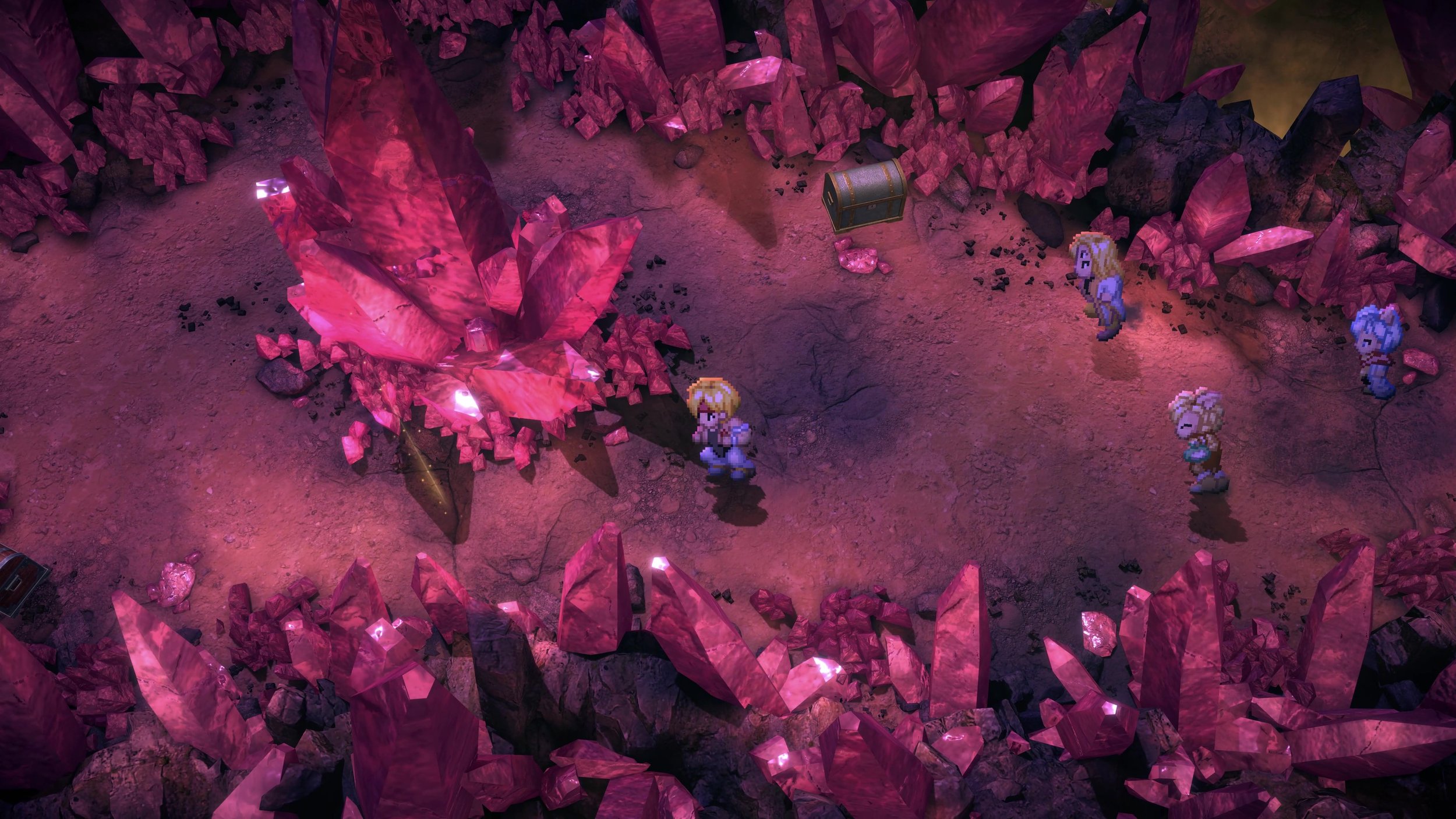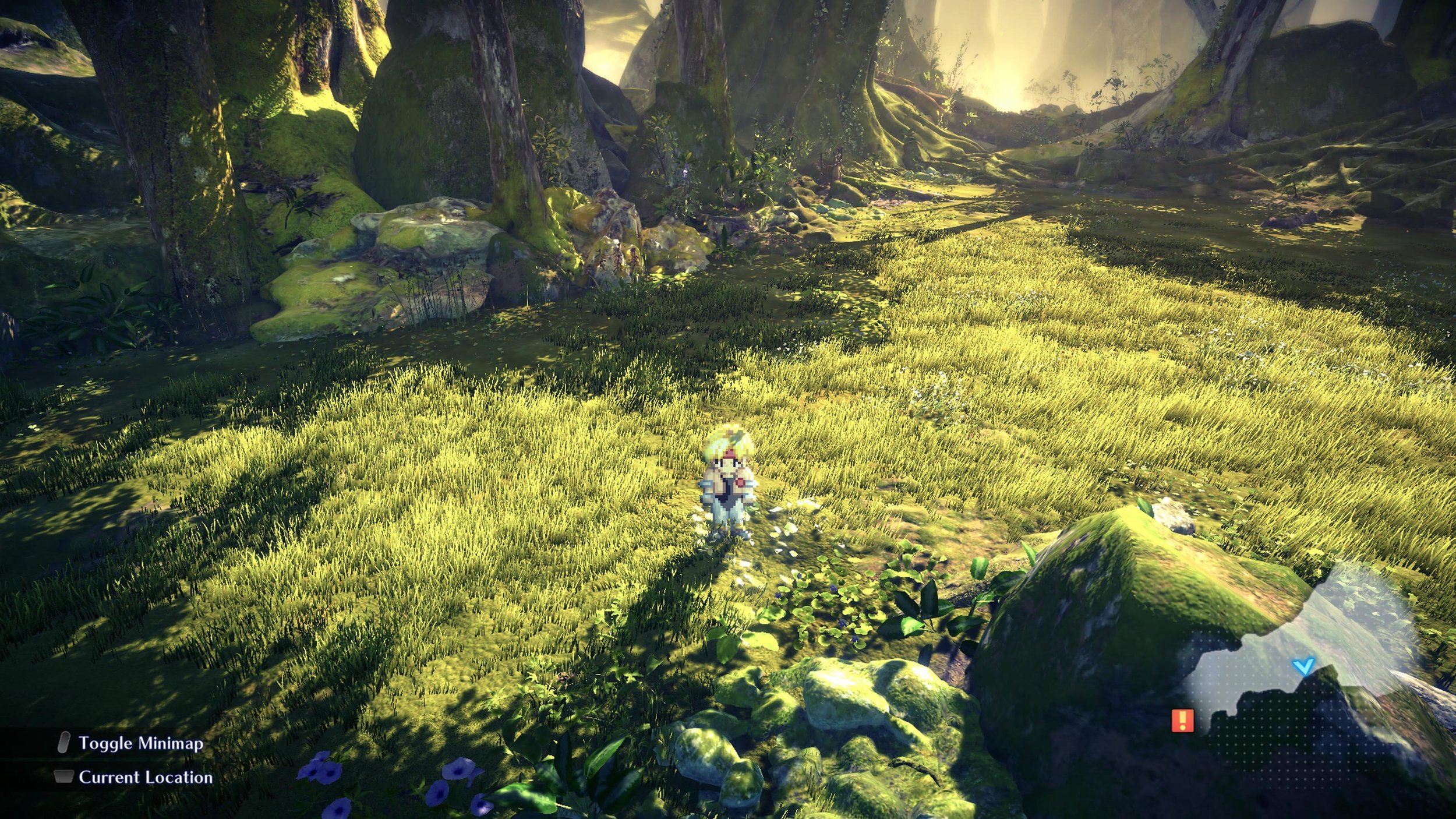Star Ocean: The Second Story R [Review]
The modern era of gaming is fantastic for a number of reasons, not the least of which being the beautiful remakes that we’re being treated to just about every year now…and Star Ocean: The Second Story R is no exception.
Originally released in the US in 1999, Star Ocean: The Second Story was an RPG with an action-based combat system that was added to the long list of classic RPGs on the original Playstation. Standing alongside titles like Final Fantasy 7, 8 and 9, Xenogears, Legend of Dragoon, Vagrant Story and so many of the other iconic games during that period, Star Ocean set itself apart with a number of mechanics that encouraged multiple playthroughs, and presented players with challenging decisions.
It also happened to be a favorite of yours truly when I was young man of 14.
Now, nearly 25 years after the original game released, gamers can delight once again in the journey of Claude and Rena in Star Ocean: The Second Story R. Join our heroes as they seek out the mystery of the cataclysmic “Sorcery Globe” that has brought disasters and monsters to the planet of Expel. Claude, having been separated from the Galactic Federation to which he belongs, initially does his best to hide his identity as a stranger from a strange land, but is not very good at it. Mistaken to be a mythic Hero of legend due to possessing the “Sword of Light” (AKA a Phase Gun), great expectations are hoisted on him right from the jump.
Rena, meanwhile, possesses mysterious healing powers and was discovered in the forest as a baby, with no indication of her true identity save for a pendant. So, when the opportunity comes up to explore the world (and possibly save it) alongside Claude, she jumps at the chance!
From there, things just get crazier: there’s world-shattering disasters, powerful cabals of mages, ancient grudges and of course…a tournament arc.
As a remake, I wanted to first address the biggest upgrade: the visuals. Taking on the HD-2D style that has served earlier titles like Octopath Traveler II so well, Star Ocean: The Second Story R is taken to new heights with a combination of lush 3D environments, complemented by sharpened sprites. There are also the added details of vivid character art in many of the dialogue segments.
Navigating the world of Expel, I was delighted to see its environments spring to life the way that I envisioned it all those years ago. I was reflecting on this recently with a friend of mine when discussing Final Fantasy 7 Remake among others: we’re getting to the point where the visuals on the screen are actually matching the vividness and detail we imagined as we played these games, and that’s certainly how it felt re-treading the narrative of Star Ocean: The Second Story R.
Of course, great visuals need to be accompanied by a strong soundtrack, and veteran composer Motoi Sukuraba has returned to enhance and remix his classic score. With a superb breadth of tracks that run the emotional gamut, Sukuraba’s work will surely find a new generation of fans.
As I mentioned earlier, Star Ocean set itself apart when it first came out with a handful of interesting mechanics, one of which is “Private Actions”. When approaching a town or city, depending on your party makeup, you could initiate a Private Action to facilitate a unique interaction between two of your characters, bolstering their friendship level and uncovering new tidbits of lore about them as the game progresses.
Pursuing key Private Actions is the key to achieving the “Perfect Ending”, and as players discovered this in the far-off year of 1999, it had many of us reloading old saves to explore options. This iteration of the game is no different, and certainly heightens the overall playtime in a way that feels engaging.
Which characters you engage with can also change during each playthrough, as there are 8 additional recruitable characters in the game, but you can only get 6. Saying the wrong thing, or missing certain events can close the door on them completely!
Where things start to get really interesting is in the depth and breadth of the skills system. You can pursue dozens of different skills to diversify your party. Maybe you want Claude to become a world-class chef, or Rena to become an adept pickpocket. Other characters might be really good with handling animals or playing musical instruments. The skills translate to core stat enhancements and other benefits that may result in getting more Fol (gold) from combat, etc.
While this system may appear overwhelming at first glance, you soon discover the value of committing to certain builds/skills, and the options are just another reason to take another trip through the game.
In addition to these skills, there’s also an extensive item creation system that honestly laid a strong foundation for many of the systems that came after. From compounding healing items to crafting top-tier weapons and armor, you can seize your own destiny!
So we’ve got a solid core narrative, great visuals, a killer soundtrack, and a variety of intriguing mechanics that offer depth and replayability.
But how’s the combat?
Friends. If this is your first foray into Star Ocean, I am so happy for you, as The Second Story has one of the best combat systems in the franchise. First, encountering enemies is rarely a surprise, as you’ll see them both in dungeons and on the world map in the form of intimidating gas globules. Different colors represent different threat levels relative to your current strength, and approaching one of these groups from behind will initiate combat at your advantage. Just do your best not to get caught flat-footed yourself!
Once the fight is on, you’ll enter a free-range arena where you can move your chosen combatant around freely, executing attacks with circle and blocking attacks with X. Skills can also be mapped to shoulder buttons to further broaden your offensive toolkit. You can switch the character you are controlling pretty easily, and even call upon reserve party members.
A new part of the combat revolves around “breaking” enemies, as they have a certain amount of guard when combat begins. By targeting them with certain skills or identifying vulnerabilities, you can initiate a “break” in their guard, resulting in auto-crits and generally opening the door for a world of pain.
In addition, as you fight enemies and stay on top of your guard, you’ll accumulate orbs. These orbs will grow cumulatively between combat sessions, and as you reach certain thresholds you will unlock party-wide buffs, such as increased defense or attack, among other boons.
The combat is good. It’s real good. And good thing too, because you’re gonna be in for a decently long ride.
When it comes to the main story, you can expect between 35-45 hours of playtime. However, if there’s one thing Star Ocean The Second Story is rich in, it’s late and post-game content. There are hidden dungeons, insane bosses, and the potential to take your characters all the way to level 255 if you so choose. For those who enjoy traversing through a rich and open fantasy playground…hours 30-70+ will be an absolute blast for you. All told, completionists can expect close to 100 hours of playtime.
However, even if you aren’t necessarily interested in clocking triple digits in hours, the main narrative is well worth it. While I’ve used the term “space soap-opera” before to describe this game, it’s hardly derivative. It’s galactic in scale, and yet despite the immensity of the stakes, Star Ocean The Second Story never loses sight of the value of the party’s interpersonal dynamics.
In closing, I wanted to share a final thought. It’s a “what if” I often play through in my mind…
You see, in 1997, the RPG world was turned upside down when Final Fantasy VII arrived. I’m not here to argue that it’s the best Final Fantasy ever, but it’s impact on the trajectory of RPGs in that era is hard to overstate. Once FF7 was in the rearview, RPGs had to make the transition to more 3D designs. These 2D sprites weren’t going to cut it anymore…and this largely informed the trajectory of Star Ocean after The Second Story came out.
But what if it didn’t? What if Tri-Ace, or Square Enix, or whatever company ultimately continued on with Star Ocean’s broader vision was able to continue iterating on this model? We wouldn’t have had to suffer through the dark times…
For Star Ocean fans, chances are you’ve already played Second Story before. As one of those people, I can tell you this is not only a faithful remake, but a visually stunning one. The combat is largely left intact, with minor tweaks only serving to enhance an already addictive experience.
For new Star Ocean enjoyers: buckle up. You’ve got an amazing RPG journey in store.
At the end of the day, I believe Star Ocean The Second Story is the best game in the franchise, and this remake allows me to stand by that statement even more proudly.
Overall Score: 9/10






















